 As a person with a disability you’re well aware of the adjustments that are made for daily living. Most are things that so many without a disability take for granted. Could there be an element even you haven’t thought of or take for granted that just hasn’t crossed your mind to worry about? Could you be unprepared? Studies show that those with disabilities are at worst, unprepared for, or without some difficulty in achieving-the ability to carry out emergency plans. This article explains the horrifying numbers and his concern for this problem. Get yourself ready!
As a person with a disability you’re well aware of the adjustments that are made for daily living. Most are things that so many without a disability take for granted. Could there be an element even you haven’t thought of or take for granted that just hasn’t crossed your mind to worry about? Could you be unprepared? Studies show that those with disabilities are at worst, unprepared for, or without some difficulty in achieving-the ability to carry out emergency plans. This article explains the horrifying numbers and his concern for this problem. Get yourself ready! Find more useful information and news here.
Emergency Plans Lacking for Most with Disabilities

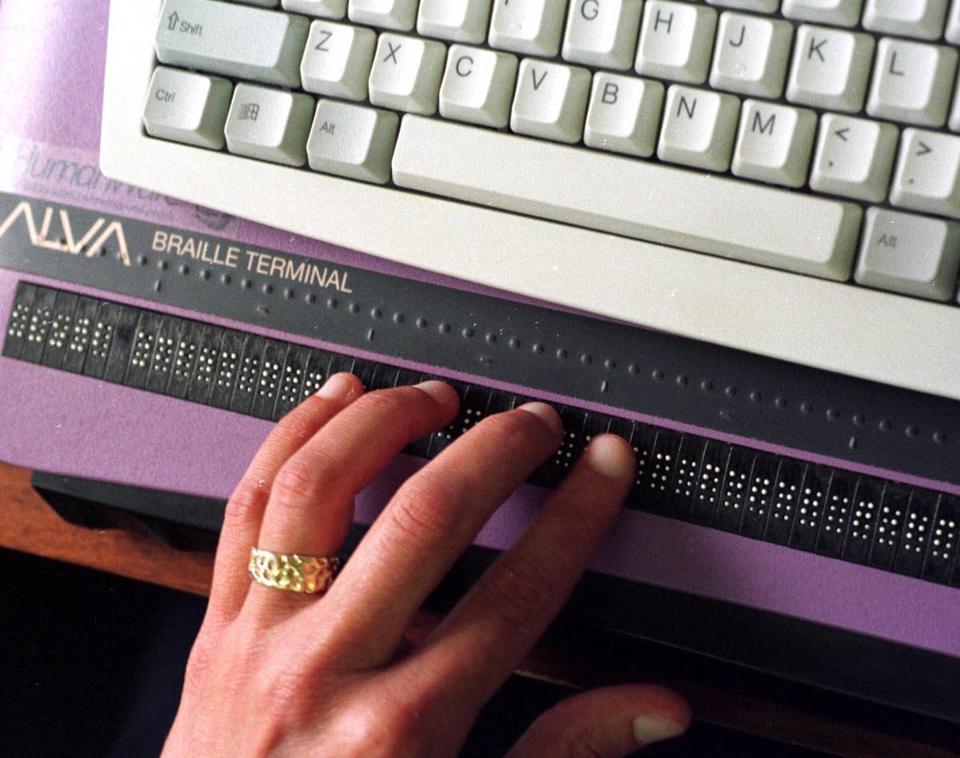 Every day, if we searched, we could find some sort of new innovation to make our lives easier, faster and more accessible. One area that seems to be severely lacking with regard to accessibility for the disabled community is innovation for the blind or visually impaired. It seems especially lacking within the education system, where arguably its need most. Kyle Shachmut, a technology consultant,
Every day, if we searched, we could find some sort of new innovation to make our lives easier, faster and more accessible. One area that seems to be severely lacking with regard to accessibility for the disabled community is innovation for the blind or visually impaired. It seems especially lacking within the education system, where arguably its need most. Kyle Shachmut, a technology consultant, 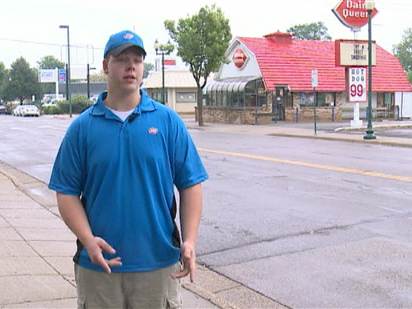 There sometimes seems to be a shortage of kindness in the world today—until—we hear about a small act of kindness that fills your heart completely. They are a reminder that not all is lost. They can also be humbling for ourselves and encourage passing it on, or, paying it forward. Give your heart a lift and click on
There sometimes seems to be a shortage of kindness in the world today—until—we hear about a small act of kindness that fills your heart completely. They are a reminder that not all is lost. They can also be humbling for ourselves and encourage passing it on, or, paying it forward. Give your heart a lift and click on 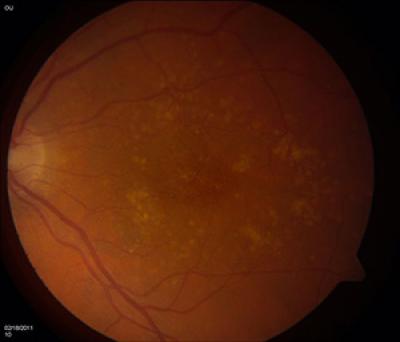 Growing older can be a hard pill to swallow for a lot of people-but it’s inevitable and happens to everyone. It’s like the saying-the only guarantees in life are death and taxes….. BUT-with advancing technology we can push that black door further away and keep our youthful elements from falling victim to this aging thing. New research discussed
Growing older can be a hard pill to swallow for a lot of people-but it’s inevitable and happens to everyone. It’s like the saying-the only guarantees in life are death and taxes….. BUT-with advancing technology we can push that black door further away and keep our youthful elements from falling victim to this aging thing. New research discussed  October is a month filled to the brim with activities and awareness. Breast cancer is among the most publicized, but recently joining the ranks is awareness for our eyes. The American Academy of Ophthalmology –Prevent Blindness America has announced Home Eye Safety Month. There are many ways to take preventative care regarding our eyes, with protective vision wear being one of the easiest.
October is a month filled to the brim with activities and awareness. Breast cancer is among the most publicized, but recently joining the ranks is awareness for our eyes. The American Academy of Ophthalmology –Prevent Blindness America has announced Home Eye Safety Month. There are many ways to take preventative care regarding our eyes, with protective vision wear being one of the easiest.  Beyond our beating heart and our remarkable brain, hearing and seeing are tops of our sensory wants and needs, but are often times the most neglected concerning our health. If you are aware of the little things you can do to help take care of those things you can incorporate them into your daily life and they can become a good habit.
Beyond our beating heart and our remarkable brain, hearing and seeing are tops of our sensory wants and needs, but are often times the most neglected concerning our health. If you are aware of the little things you can do to help take care of those things you can incorporate them into your daily life and they can become a good habit. 
 If you’re a bibliophile with low vision, you may worry that the enrichment and entertainment of a good book is out of your reach. It can be particularly difficult if your low vision is due to vision loss later in life, as you may be so used to the ease of picking up a traditional book and diving right in that it can be tough to imagine how you can continue without that ability. Luckily, the accessibility of books is growing by leaps and bounds as
If you’re a bibliophile with low vision, you may worry that the enrichment and entertainment of a good book is out of your reach. It can be particularly difficult if your low vision is due to vision loss later in life, as you may be so used to the ease of picking up a traditional book and diving right in that it can be tough to imagine how you can continue without that ability. Luckily, the accessibility of books is growing by leaps and bounds as  Vision loss can make daily activities more difficult and has even been
Vision loss can make daily activities more difficult and has even been  When it’s time to leave the nest of home, making a list of all the things you need just to survive without mom and/or dad nearby can cause some anxious feelings. Going through a similar checklist to prep for college seems insurmountable even in the best of circumstances. Add to that a disability that is vision loss and you may want to give up before you even start. Fortunately, on this blog you can find a list of resources available to help with all of your extra needs. From alternate format material to recreational activities, it’s in here.
When it’s time to leave the nest of home, making a list of all the things you need just to survive without mom and/or dad nearby can cause some anxious feelings. Going through a similar checklist to prep for college seems insurmountable even in the best of circumstances. Add to that a disability that is vision loss and you may want to give up before you even start. Fortunately, on this blog you can find a list of resources available to help with all of your extra needs. From alternate format material to recreational activities, it’s in here. 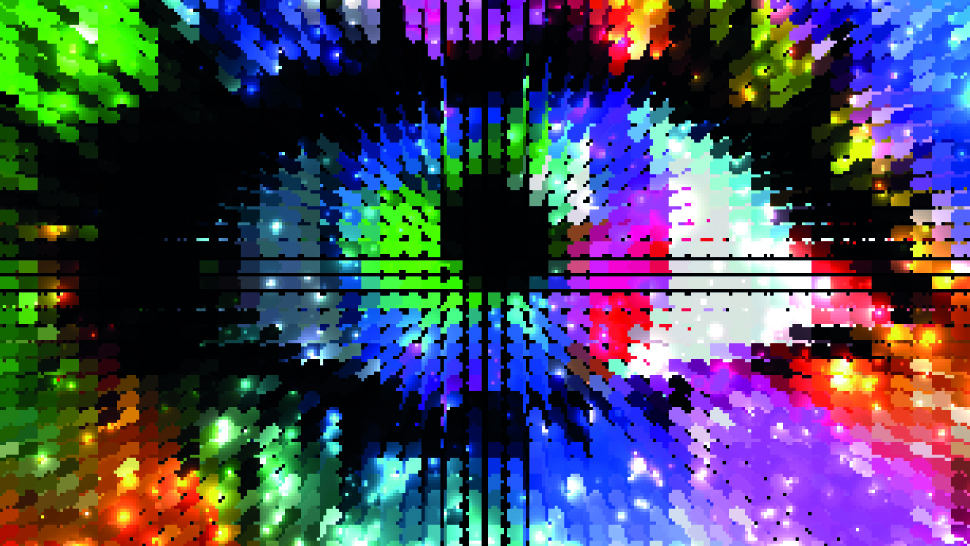 To quote the loveable character Buzz Lightyear, “To infinity and beyond!”, it seems that we’re getting to the beyond. Technology is beyond amazing each passing year and the crossover applications seem to be never-ending, but most of all, surprising. Researchers that look into the darkest corners of space have reached new corners of darkness—into our eyes. The same imaging, on a smaller scale, that is used to find the smallest sparks of light in space is also used in detecting possible vision loss in the same manner. Early detection is one of the greatest aspects of this
To quote the loveable character Buzz Lightyear, “To infinity and beyond!”, it seems that we’re getting to the beyond. Technology is beyond amazing each passing year and the crossover applications seem to be never-ending, but most of all, surprising. Researchers that look into the darkest corners of space have reached new corners of darkness—into our eyes. The same imaging, on a smaller scale, that is used to find the smallest sparks of light in space is also used in detecting possible vision loss in the same manner. Early detection is one of the greatest aspects of this 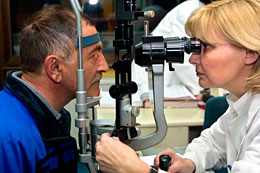 Typically eye health is not something most consider when they thing of general health. We take ourselves to our annual checkup and call it good. Did you know that there are other ways to help protect your eye health?
Typically eye health is not something most consider when they thing of general health. We take ourselves to our annual checkup and call it good. Did you know that there are other ways to help protect your eye health?  Most of us are usually busy running our lives and often take for granted the small things that make it easier for us to stay on the go. When you are without one of your major senses, it really throws a wrench in the way you function. We can all relate to how awful it is when we are sick and can’t smell which also affects our taste buds. Imagine how it would be to not have your vision. In
Most of us are usually busy running our lives and often take for granted the small things that make it easier for us to stay on the go. When you are without one of your major senses, it really throws a wrench in the way you function. We can all relate to how awful it is when we are sick and can’t smell which also affects our taste buds. Imagine how it would be to not have your vision. In 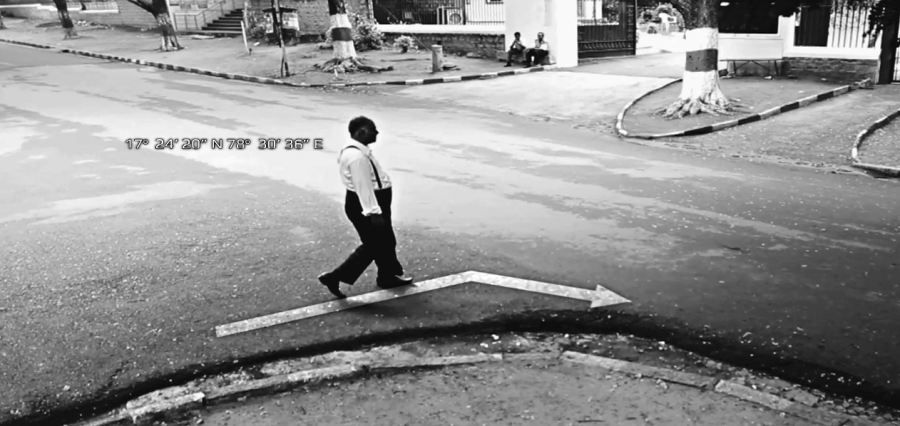 Many strides have been made over the years to help visually impaired persons to live as independently as possible. This has come in many forms, with technology leading the way presently. So many of us would literally be lost without our handy little cell phones. They often contain our whole world inside them, including an app that helps us get from point A to point B. Our GPS’ can be life savers. Who knew this could be used to help the blind to the same within their shoes?!
Many strides have been made over the years to help visually impaired persons to live as independently as possible. This has come in many forms, with technology leading the way presently. So many of us would literally be lost without our handy little cell phones. They often contain our whole world inside them, including an app that helps us get from point A to point B. Our GPS’ can be life savers. Who knew this could be used to help the blind to the same within their shoes?!  It’s easy to think that “blindness” and “visual arts” don’t belong in the same sentence – after all, a painting or photograph is something that requires sight both to make and to consume, right? Wrong! People with blindness or low vision today are active in the arts both professionally and as hobbyists in media like
It’s easy to think that “blindness” and “visual arts” don’t belong in the same sentence – after all, a painting or photograph is something that requires sight both to make and to consume, right? Wrong! People with blindness or low vision today are active in the arts both professionally and as hobbyists in media like  Sewing, with all its tiny tools and detail work, is one of those hobbies you might think would become too difficult to continue after vision loss. But, as with so many things, adaptations are possible that can allow you to keep on stitching! Check out these great article for some tools, tips and techniques that will have you getting your craft (back) on with ease:
Sewing, with all its tiny tools and detail work, is one of those hobbies you might think would become too difficult to continue after vision loss. But, as with so many things, adaptations are possible that can allow you to keep on stitching! Check out these great article for some tools, tips and techniques that will have you getting your craft (back) on with ease: There are lots of iPhone and iPad apps out there to help people with blindness or low vision work, play and get around. This being the internet, there are also lots of lists of those accessible apps floating around. If you’re new to iOS or just overwhelmed by all the possibilities, we like this short but great list from Mac Life to help get you started. It covers 10 of the best, representing everything from essential functions like object identification and a keyboard that works with VoiceOver, to great options for downtime like audio and text games and the best audiobook app out there. Top it all off with an accessible app that finds you other accessible apps, and you’re all set! Read:
There are lots of iPhone and iPad apps out there to help people with blindness or low vision work, play and get around. This being the internet, there are also lots of lists of those accessible apps floating around. If you’re new to iOS or just overwhelmed by all the possibilities, we like this short but great list from Mac Life to help get you started. It covers 10 of the best, representing everything from essential functions like object identification and a keyboard that works with VoiceOver, to great options for downtime like audio and text games and the best audiobook app out there. Top it all off with an accessible app that finds you other accessible apps, and you’re all set! Read:  Despite being a reading and writing system with a
Despite being a reading and writing system with a 

 The US work force is
The US work force is  We know that getting used to a new mobility aid such as a white cane, a guide dog, or many forms of assistive technology will involve a lot of training time, but it’s easy to assume that having another person guide you will be much less involved – after all, humans tend to have a better combination of intelligence and judgment than dogs, computers and canes. But in reality, as with any other mobility assistance, having another person physically or verbally guide you likely does not come naturally to you or your guide! In this great post from George Abbott, the Director of eLearning at the
We know that getting used to a new mobility aid such as a white cane, a guide dog, or many forms of assistive technology will involve a lot of training time, but it’s easy to assume that having another person guide you will be much less involved – after all, humans tend to have a better combination of intelligence and judgment than dogs, computers and canes. But in reality, as with any other mobility assistance, having another person physically or verbally guide you likely does not come naturally to you or your guide! In this great post from George Abbott, the Director of eLearning at the  There are many mobility aids available to people with blindness or low vision; two of the most popular choices are the iconic white cane and the guide dog. Each one has its advantages and disadvantages, and in the end the decision really comes down to personal preference. For instance, you may prefer the feeling of companionship and safety that comes from a guide dog, or you may be allergic to dogs or simply not like them; the white cane similarly has arguments both for and against. And, of course, you may decide that neither works for you and instead seek out alternative assistance! Sarah J. Blake has a great rundown of the pros and cons of each of the classic choices here:
There are many mobility aids available to people with blindness or low vision; two of the most popular choices are the iconic white cane and the guide dog. Each one has its advantages and disadvantages, and in the end the decision really comes down to personal preference. For instance, you may prefer the feeling of companionship and safety that comes from a guide dog, or you may be allergic to dogs or simply not like them; the white cane similarly has arguments both for and against. And, of course, you may decide that neither works for you and instead seek out alternative assistance! Sarah J. Blake has a great rundown of the pros and cons of each of the classic choices here: 